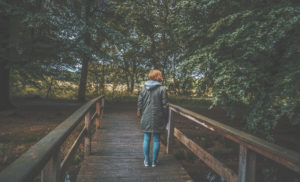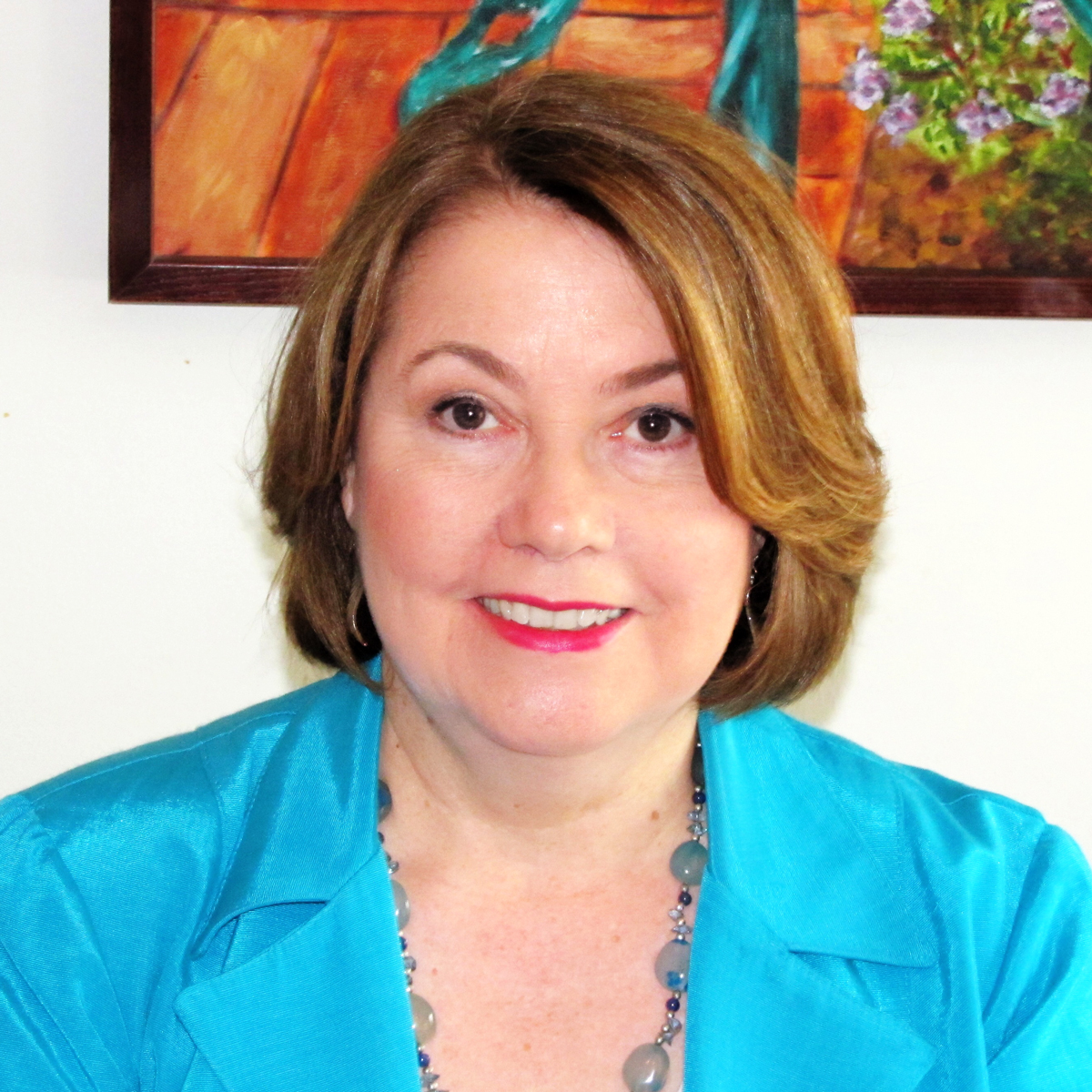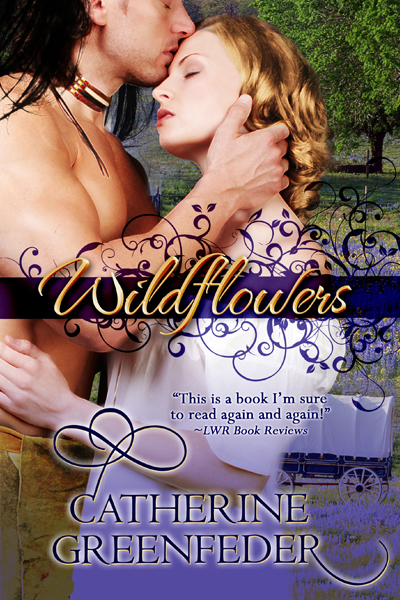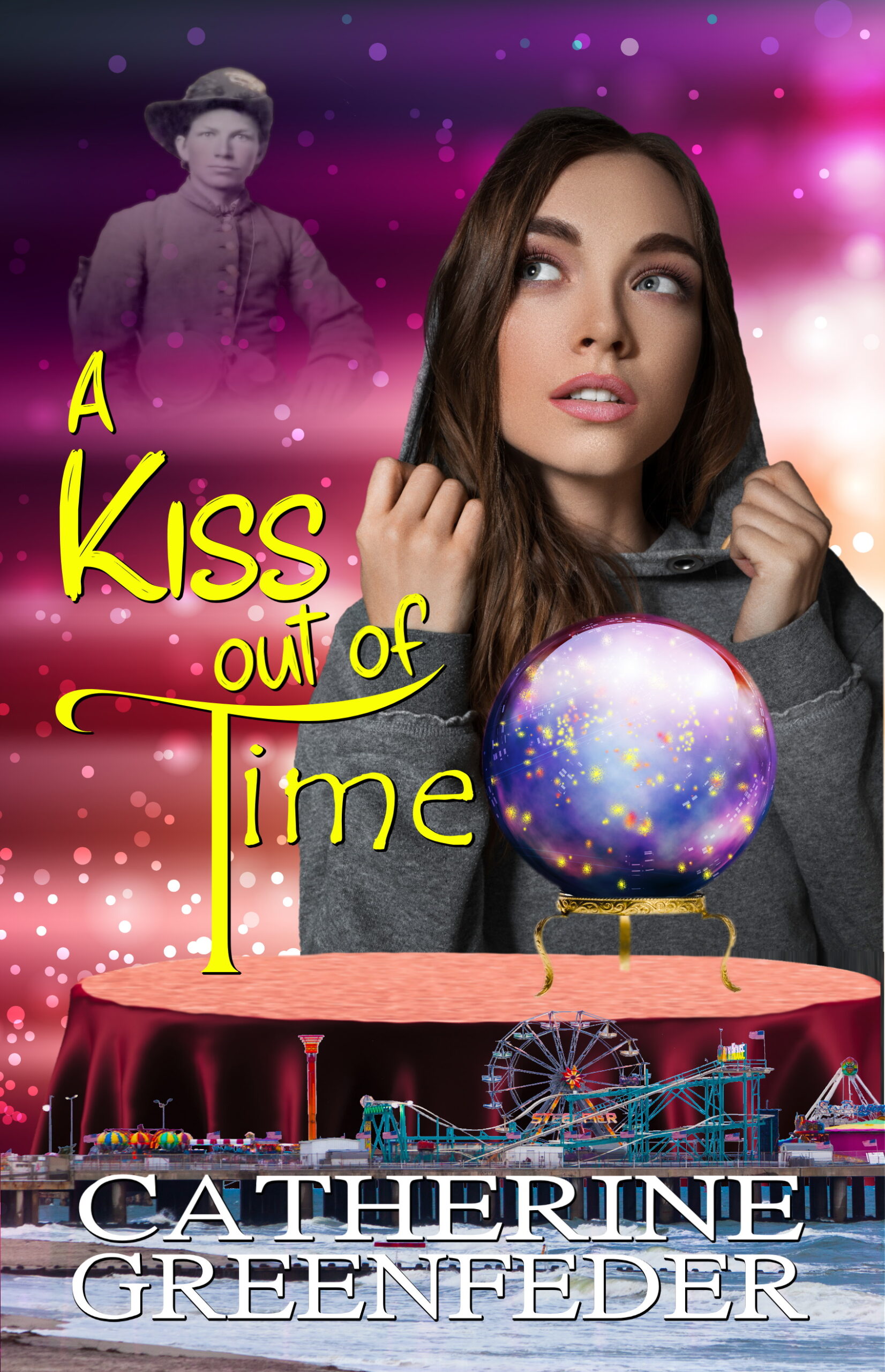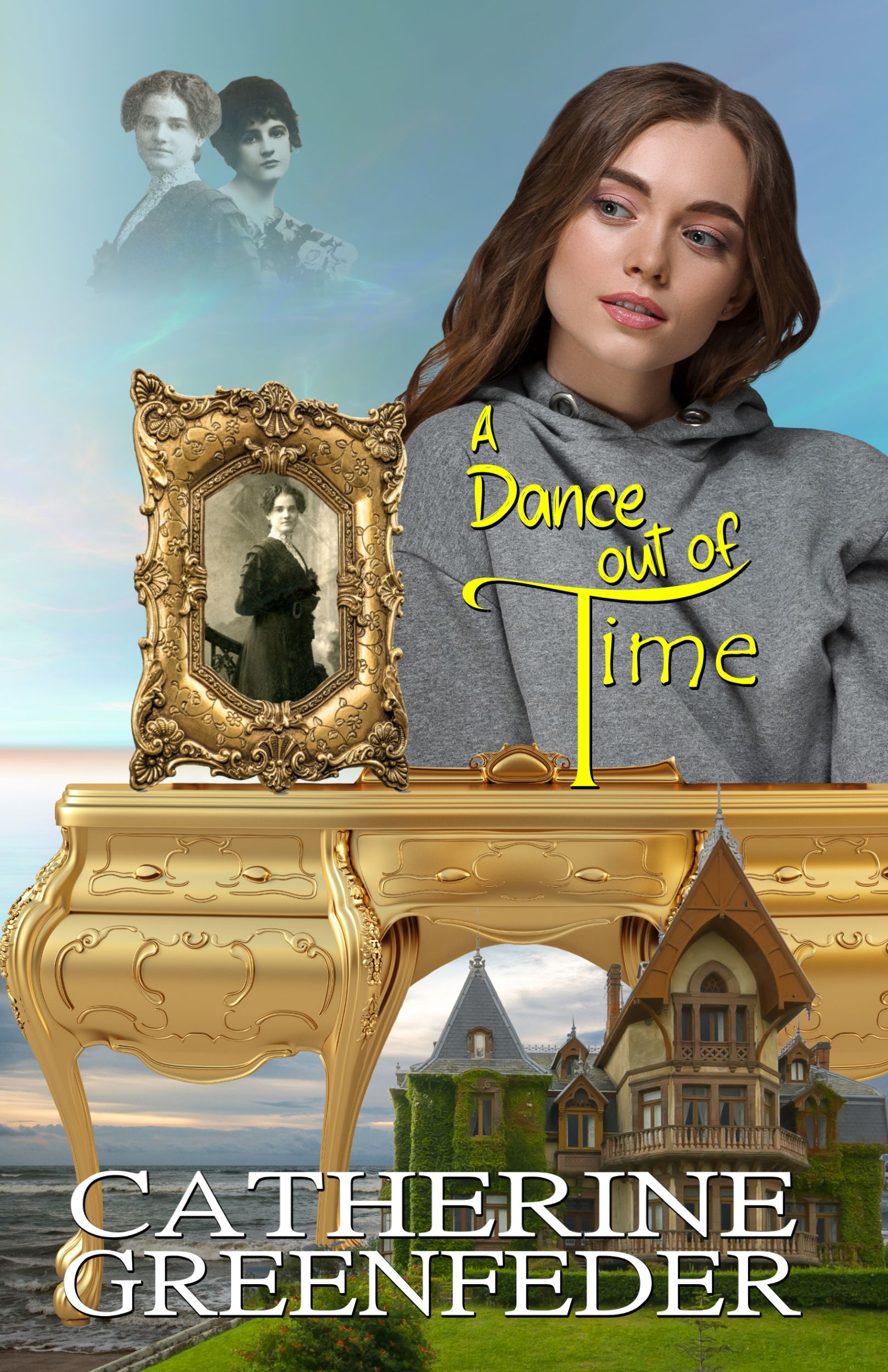 The holidays are here, and with it the temptations of the season. This Thanksgiving I did not serve roasted turkey, the usual fare, but my family dined on one of their home cooked favorites, lasagne, and they enjoyed every bite. Although it felt strange not doing a lot of baking and boiling, it left more time to enjoy with my family and less clean-
The holidays are here, and with it the temptations of the season. This Thanksgiving I did not serve roasted turkey, the usual fare, but my family dined on one of their home cooked favorites, lasagne, and they enjoyed every bite. Although it felt strange not doing a lot of baking and boiling, it left more time to enjoy with my family and less clean- up.
up.
Time is precious, and so it goes with writing. It takes a certain amount of discipline to sit down and write. I opted out of this year’s NaNoWriMo due to an injury sustained in a recent fall, but I did not forget my promise to get back to working on my writing as soon as possible. That means the busy holiday season will be a bit busier for the writer in me. I was half way through two books in the works, and I plan to finish them by the new year. At least I hope to finish the “rough” drafts and get them in decent shape to pitch at next year’s writers’ conventions.
In the meantime, my aim is to cut down on some of the season’s temptations, and that’s not easy given the upcoming get togethers, parties, and dining out. It is also easy to snack on the go or to indulge in snacking while seated at the computer awhile, so I have to plan ahead. Some low calorie snacks including popcorn, carrots and celery with hummus, apples, and smaller portions will help. A friend suggested seltzer with a twist of lime or lemon to cut back on the caffeine and the sugary beverages.
A little exercise goes a long way when you can get there. I plan to get back to that too. Walking more, taking stairs instead of elevators, and maybe getting to the gym now and then. It’s not too early to beat those resolutions before the new year.
Wishing everyone a happy and healthy holiday season!

